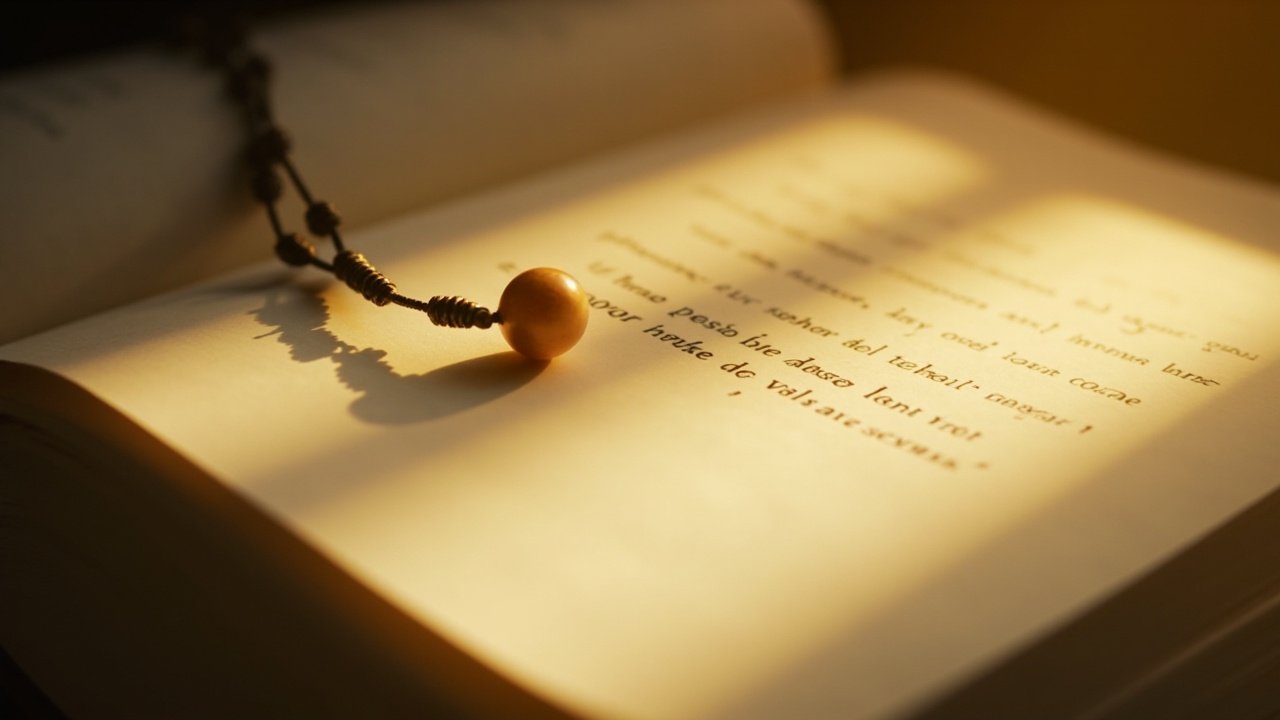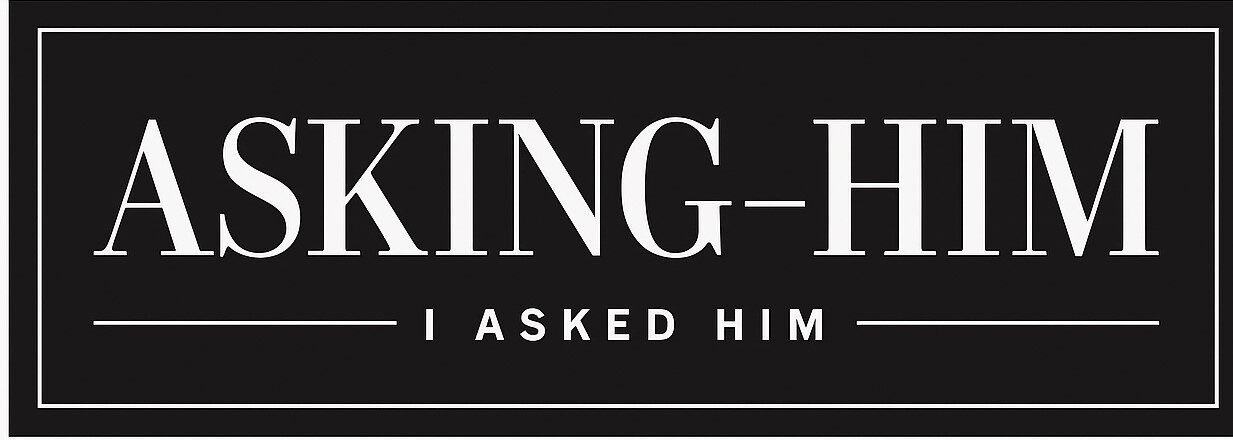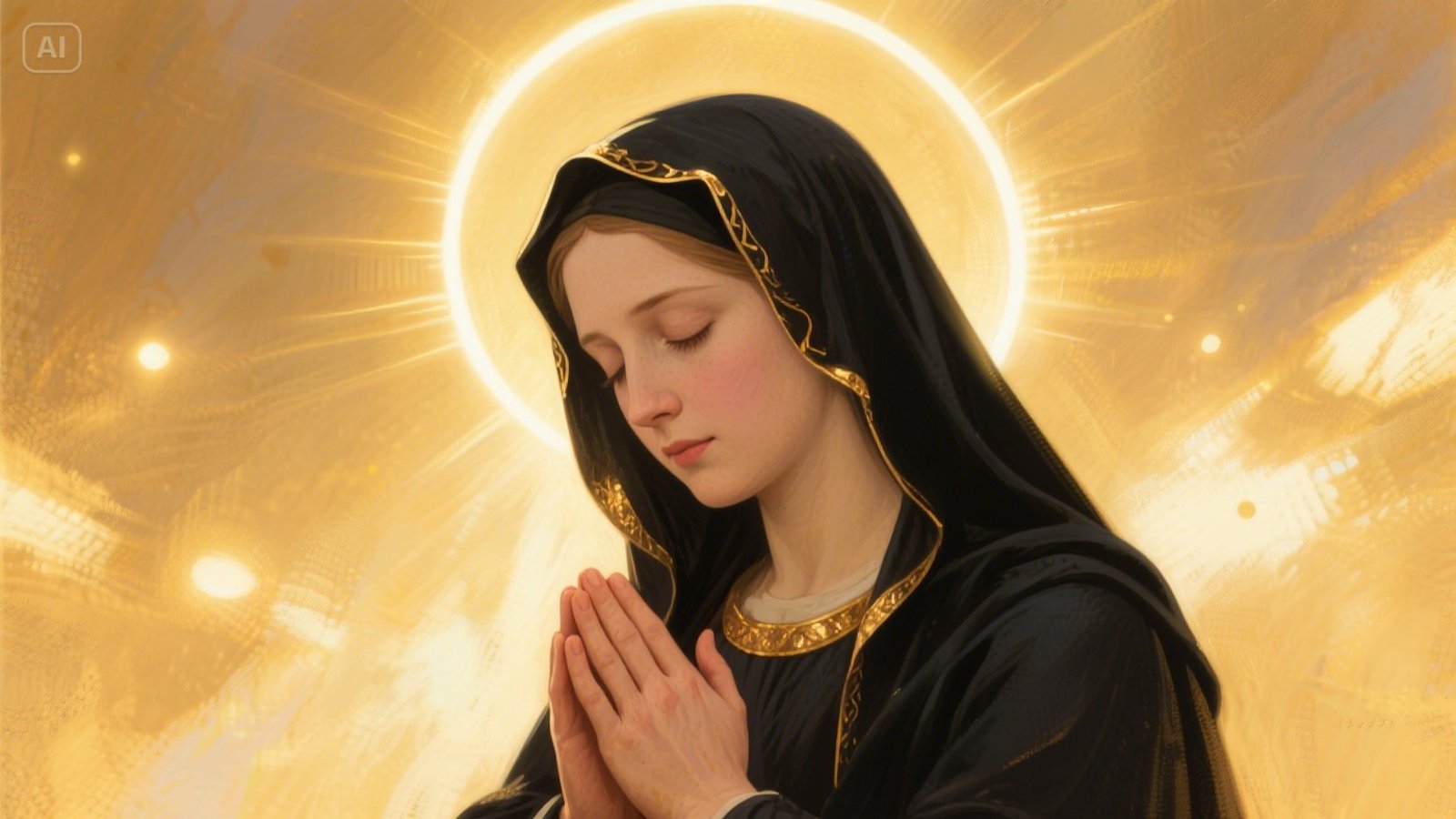
The Our Father: Foundation of the Rosary
Among all prayers spoken across the world, only one was taught word-for-word by Jesus Himself.
“This, then, is how you should pray: Our Father in heaven, hallowed be your name…”
— Matthew 6:9–13
Today, the Our Father (also known as the Lord’s Prayer) opens every decade of the Rosary. It is a call to begin not in self, but in surrender. To remember who God is—and who we are praying to.
But where did it come from? And why was it chosen to frame the Rosary?
📜 When Was It Created?
The Our Father was spoken by Jesus during His earthly ministry, which scholars date between AD 27 to 30.
- In Matthew 6:9–13, Jesus gives this prayer during the Sermon on the Mount.
- In Luke 11:1–4, a disciple asks, “Lord, teach us to pray…” and Jesus responds with the same structure.
This wasn’t a suggestion. It was an answer.
Jesus didn’t say “say something like this.” He said: “When you pray, say…”
This makes the Our Father the most direct template for prayer we’ve been given—universally recognized across Christian traditions.
🔗 How and Why Was It Added to the Rosary?
Though the Our Father existed from the time of Christ, it became formally included in the structure of the Rosary around the 13th century, when Saint Dominic was given the Rosary as a spiritual weapon during a time of heresy and confusion.
The Rosary needed:
- A structure that reflected the life of Christ
- A grounding prayer to begin each decade
- A way to slow the heart before entering deep meditation
The Our Father was chosen because:
- It came directly from Jesus
- It calls the soul to alignment before reflection
- It honors the Father, prepares the heart, and focuses the intention
It was officially formalized in Rosary structure by Pope Pius V in the 1500s during the Counter-Reformation, though it had already been in devotional use.
Saint Dominic provided the Rosary. The Church, through time, shaped it into form.
✝️ Spiritual Value and Theological Meaning
Each line of the Our Father carries layers of depth:
- Our Father — reminds us that prayer is communal, not selfish
- Who art in heaven — roots us in reverence
- Thy will be done — surrenders ego
- Deliver us from evil — calls in protection
📌 Side note: We go in-depth on each line in our article: [COMING SOON: The Line-by-Line Power of the Lord’s Prayer]
This prayer doesn’t just petition—it forms. It shapes the heart and reminds the soul of what matters. That’s why it’s not just part of the Rosary. It’s the foundation.
🔥 A Weapon in the Hands of the Faithful
While this post centers on the Rosary, it’s important to mention: the Our Father is also used in exorcisms and deliverance ministries.
- It affirms the Fatherhood of God
- It declares God’s will as supreme
- It demands protection from evil
Exorcists often use it not just for devotion—but as command.
📌 Side note: We explore this more deeply in our upcoming article: [COMING SOON: Why Demons Fear the Our Father]
🙏🏽 Full Prayer: The Our Father
Our Father, who art in heaven,
Hallowed be Thy name;
Thy kingdom come;
Thy will be done on earth as it is in heaven.
Give us this day our daily bread;
And forgive us our trespasses,
As we forgive those who trespass against us;
And lead us not into temptation,
But deliver us from evil. Amen.
🌹 When It’s Prayed in the Rosary
- Once after the Apostles’ Creed
- Before each decade begins
- Can also be prayed slowly before the Rosary to prepare the heart
💡 Final Reflection: When You Don’t Know What to Say, Say What Jesus Said
The Rosary is filled with repetition—but it’s never meaningless. When you pray the Our Father, you’re echoing the voice of Christ Himself. These aren’t just words from a saint, or a mystic, or a church council. They are the words of the Son of God, given to every believer across time.
You don’t have to be eloquent.
You don’t have to feel worthy.
You just have to begin.
And when you don’t know what to say—say what Jesus said.
Let the Rosary start there.



